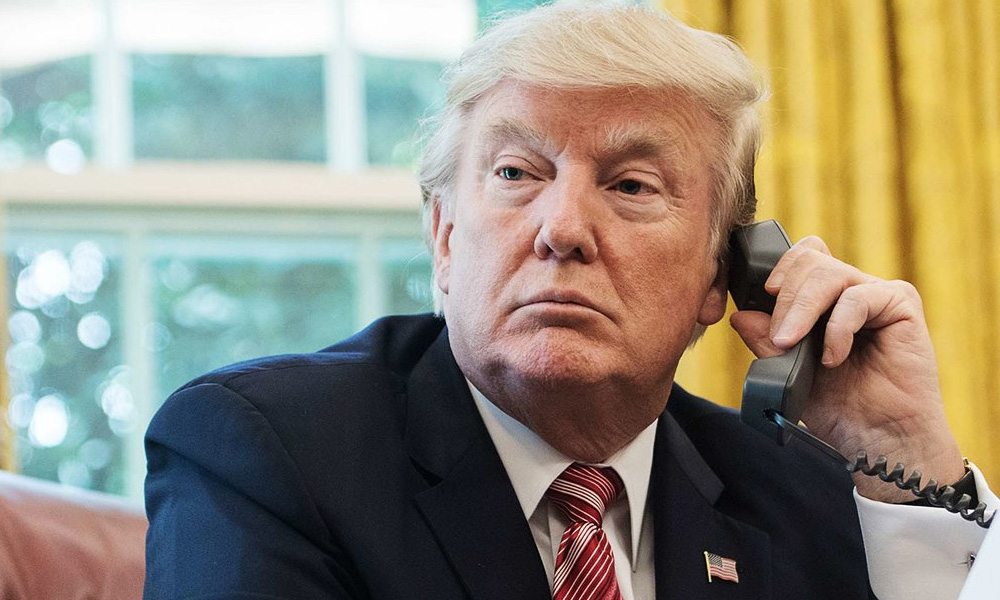Islamic State leader targeted by US forces, Trump plans 'major' statement
The US military conducted an operation against elusive Islamic State (IS)
leader Abu Bakr al-Baghdadi (above) on Saturday, a US official said, as US
President Donald Trump prepared to make a “major statement” at the White
House on Sunday morning.
The official, speaking on condition of anonymity, was unable to say whether the operation against Baghdadi was successful.
Newsweek said it had been told by a US Army official briefed on the raid that Baghdadi was dead. It said the operation took place in Syria’s northwestern Idlib province, and was carried out by special operations forces after receiving actionable intelligence.
The official, speaking to Reuters, did not disclose details of the operation and other US officials contacted by Reuters declined to comment. The Pentagon did not immediately respond to a request for comment.
White House spokesman Hogan Gidley announced late on Saturday that Trump would make a “major statement” at 9 am EST (1300 GMT) on Sunday.
Gidley gave no further details as to the topic of Trump’s statement.
The president gave an indication that something was afoot earlier on Saturday night when he tweeted without explanation, “Something very big has just happened!”

Trump (above) has been frustrated by the US news media’s focus on the Democratic-led impeachment inquiry, which he calls an illegitimate witch hunt.
He has also faced withering criticism from both Republicans and Democrats alike for his US troop withdrawal from northeastern Syria, which permitted Turkey to attack America’s Kurdish allies.
Many critics of Trump’s Syria pullout have expressed worries that it would lead the IS militancy to regain strength and pose a threat to US interests. An announcement about Baghdadi’s death could help blunt those concerns.
Trump was expected to make the statement in the White House Diplomatic Reception Room, which he has used to make a number of major announcements.
Just last week he used the same room to announce that a ceasefire between Turkey and the Kurds had taken hold.
For days, US officials had feared that IS would seek to capitalize on the upheaval in Syria. But they also saw a potential opportunity, in which IS leaders might break from more secretive routines to communicate with operatives, potentially creating a chance for the United States and its allies to detect them.
Baghdadi was long thought to be hiding somewhere along the Iraq-Syria border. He has led the group since 2010, when it was still an underground al Qaeda offshoot in Iraq.
On Sept. 16, IS' media network issued a 30-minute audio message purporting to come from Baghdadi, in which he said operations were taking place daily and called on supporters to free women jailed in camps in Iraq and Syria over their alleged links to his group.
In the audio message, Baghdadi also said the United States and its proxies had been defeated in Iraq and Afghanistan, and that the United States had been “dragged” into Mali and Niger.
At the height of its power IS ruled over millions of people in territory running from northern Syria through towns and villages along the Tigris and Euphrates valleys to the outskirts of the Iraqi capital Baghdad.
But the fall in 2017 of Mosul and Raqqa, its strongholds in Iraq and Syria respectively, stripped Baghdadi, an Iraqi, of the trappings of a caliph and turned him into a fugitive thought to be moving along the desert border between Iraq and Syria.
US air strikes killed most of his top lieutenants, and before IS published a video message of Baghdadi in April, there had been conflicting reports over whether he was alive.
Despite losing its last significant territory, IS is believed to have sleeper cells around the world, and some fighters operate from the shadows in Syria’s desert and Iraq’s cities.
- Reuters
RM12.50 / month
- Unlimited access to award-winning journalism
- Comment and share your opinions on all our articles
- Gift interesting stories to your friends
- Tax deductable

 Reuters
Reuters